44 screens? 44 books? How is the large-scale live-action shadow play "The Rural Town Community Theater" constructed?
Director: Interpreting the Spirit of Lu Xun from the Perspective of Contemporary Society
As a well-known figure in the public eye, Mr. Lu Xun has had a tremendous impact and contribution to Chinese literature. To commemorate the 140th anniversary
of this great revolutionary of culture in China, the chief director Li Hanzhong, along with the behind-the-scenes team, presents an exciting performance to the
audience—"The Rural Town Community Theatre."
What is the creative concept behind "The Rural Town Community Theatre"? What message does it aim to convey to the audience?
"Mr. Lu Xun is an extremely important representative figure in modern and contemporary times, and the spirit of Lu Xun is highly representative throughout literary
history. We must first reflect the specific characters, the events experienced by these characters, and the meanings behind them accurately to the audience. Secondly, a
hundred years have passed, and as creators, how to express our attitudes towards contemporary society with innovative content and forms is the focus of our creative
concept and consideration," chief director Li Hanzhong told us.
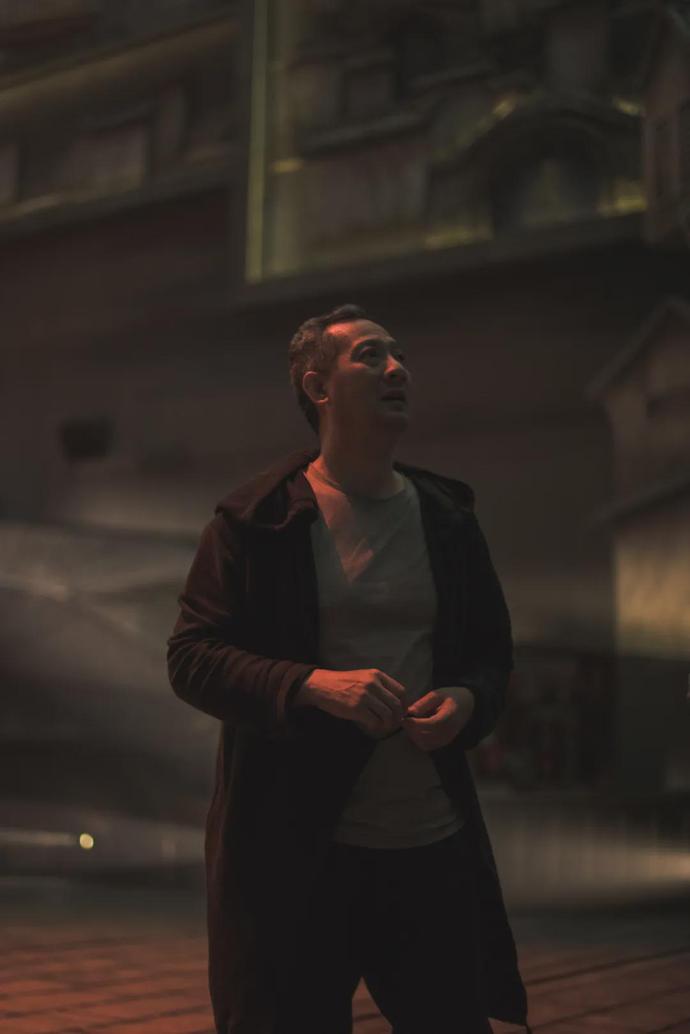
Chief Director Li Hanzhong
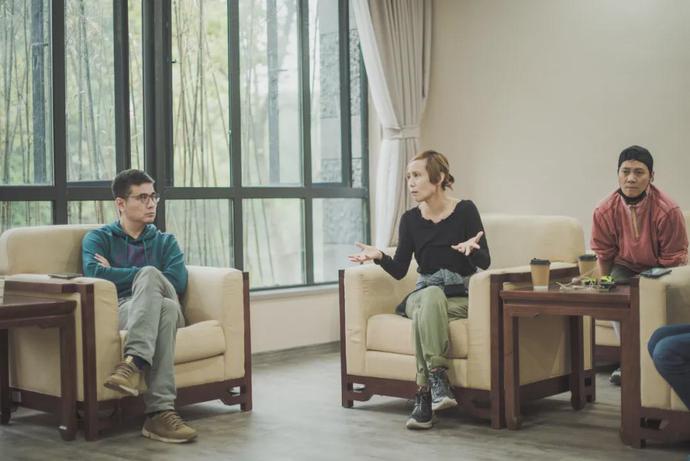
Director Team
Unlike dance dramas, spoken dramas, and operas, "The Rural Town Community Theater" presents itself to the audience as a large-scale live-action shadow play. How do we understand the concept of a shadow play?
"The crossover and fusion of different performance genres have become increasingly frequent, making it difficult to clearly categorize a particular performance as a dance drama, a play, a situational drama, an opera, a musical, or others. The term 'large-scale live-action shadow play' is actually a definition we have explored within the cultural tourism market," said chief director Li Hanzhong.

In "The Rural Town Community Theater," Li Hanzhong introduces the characters through a panoramic view of the rural town and extends the interpretation of Lu Xun's writings. Although over a hundred years have passed, some phenomena still reflect contemporary reality. For example, in a scene from "Community Theater," will the child who accidentally stumbles in help Xianglin Sao?
"The child's reactions actually reflect contemporary people's attention and care for the vulnerable and the underprivileged. This is a thought from our team and a small experience we aim to provide the audience. However, we will deliver this experience in a positive way, giving the audience affirmative feedback. Additionally, works like 'Ah Q' and 'Braids' also follow this approach," explained chief director Li Hanzhong.


Contemporary audiences seek deeper cultural reflections, and the rapid enhancement of the public's cultural literacy will be a trend in the future. How can "The Rural Town Community Theater" differentiate its performances? How can we maximize the value of a good work?
"One of the distinctions between cultural tourism performances and other types of performances is that the audience for cultural tourism is continuous. We can fully leverage cultural value through commercial operations. We hope that each work is not just a product but an independent child with its own character traits and style. We have made significant efforts in various aspects, from real scenes and books to LED screens and machinery. A lot of work has gone into stage design, costumes, and lighting. During the production process, we encountered challenges, but this risk and uncertainty are part of the charm and intrinsic value of the performance."
What challenges did the production of "The Rural Town Community Theater" face? How were they resolved? What was the final outcome?

Stage Design:
Coming from the "book," going into the "book," and then walking out from the "book."
"The Rural Theatre of Lu Town" is crafted by stage designer Feng Lei. In terms of stage design style, Feng Lei has reinterpreted it with a more modern approach.
"The era in which Mr. Lu Xun lived and the environment depicted in the book are both dark worlds, like a magical cave. It is quite challenging to portray the stage environment in a way that is not too terrifying while still allowing the audience to feel the darkness of society at that time," said stage designer Feng Lei.
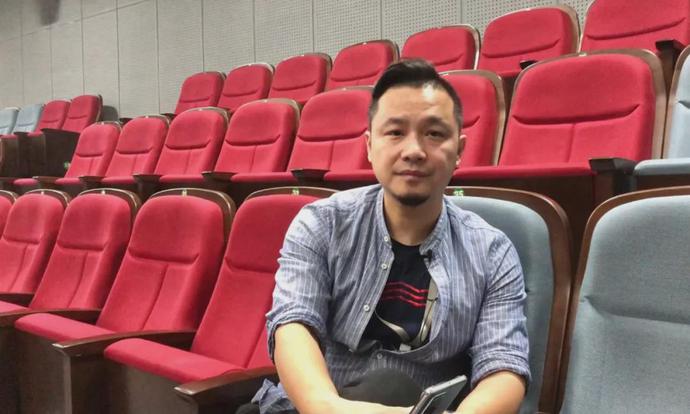
Therefore, in terms of stage style, Feng Lei appropriately combines elements of magical realism and romanticism. The audience can see the distinctive Shaoxing-style residential buildings with "pink walls and black tiles," the gently swaying black-sailed boats, and the traditional opera stage for community performances. At the same time, they can also witness the "book formation" held by two giant arms created through symbolism, alongside the stunning virtual scenes of nebulae, blood rivers, and seas of fire projected in the front stage area. The blend of real and surreal imagery of Ru Town enriches the layers of the stage.

On stage, manuscripts and writings of Mr. Lu Xun form a stunning display of books, creating a rich and dynamic stage space through their varied combinations. All stories originate from "books," return to "books," and then emerge from "books," which became the creative point of this stage design. From the initially designed hanging projection of "pages" to the final presentation of 44 dazzling LED hanging moving screens, the design team led by Feng Lei of Fire Lizard made numerous revisions, ultimately presenting a stage space with a strong sense of immersion and experience.
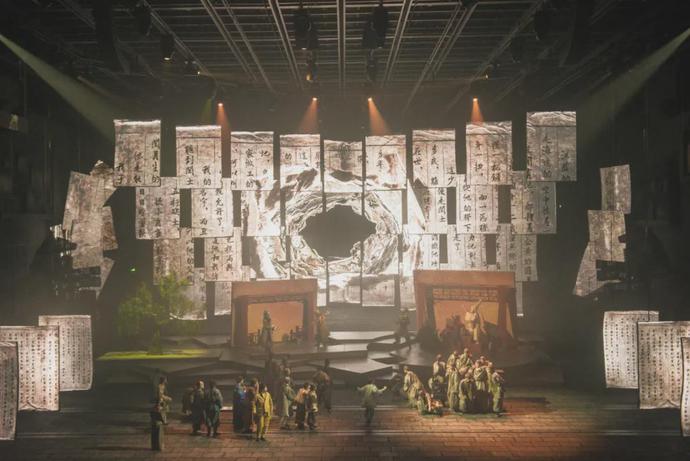
What are the challenges in stage design? How does the final result differ from the initial draft?
At the beginning of the design process, the Fire Lizard team proposed an overall plan where the audience would sit in the embrace of Lu Xun while watching the performance. On both sides of the theater, massive "arms" were created, which were retained from the original design. These arms extend from both sides of the stage toward the back of the audience, with designs for Lu Xun's "head" and "shoulders" connecting the upper and lower arms to form Lu Xun's upper body. The audience would find themselves seated in Lu Xun's embrace and, after the performance, would walk through Lu Xun's body to exit the theater.
Moreover, above the "arms" on both sides of the stage, the distinctive architecture of Luxun Town was designed, as if growing from Lu Xun's "arms," suggesting that Luxun Town was born from Lu Xun's pen. The "arms" also included an extension area for performances, where actors would perform standing on the "arms." "The initial design allowed the entire space to be more expansive and typical, making the performance more interesting. However, after experiencing changes and constraints due to the pandemic and real-world conditions, we communicated and adjusted with the director, transforming the original 'pages' into 44 moving screens. This idea also evolved from the concept of 8 screens used in '12.12 Xi'an Incident,'" explained stage designer Feng Lei.
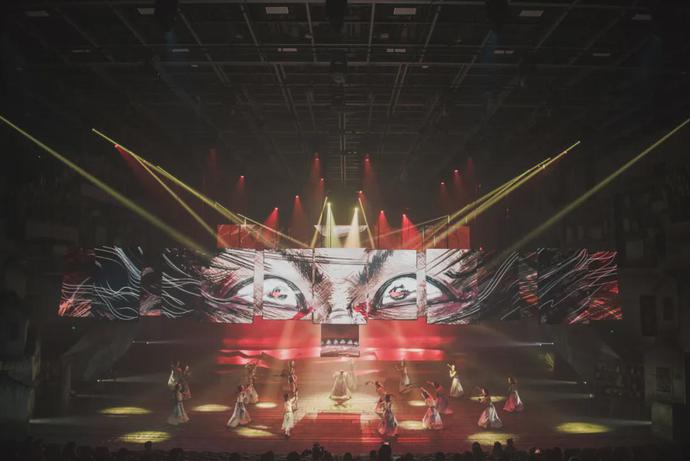
Handing the stage over to 44 moving screens posed the greatest challenge of coordinating the physical movement of the screens with the simulated spatial changes within the screen content. Before arriving on site, the Fire Lizard design team simulated two versions of the arrangement of each screen in 3D, but upon arrival, they found significant discrepancies between the actual effects and the renderings. Therefore, in collaboration with the director, the team rearranged and adjusted all the visuals on site.
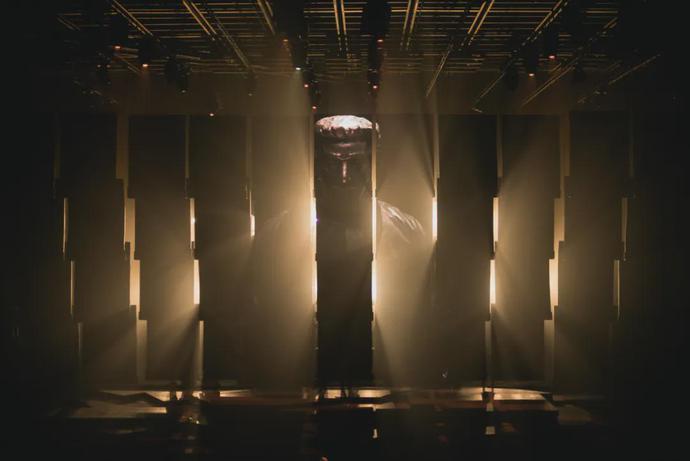
These moving screens freely move in the depth dimension of the stage, creating overlapping and staggered spaces, as if leading the audience back to Lu Xun Town 100 years ago. Coupled with panoramic sound engineering, Unreal Engine 4, laser tracking, infrared scanning, real-time VR modeling, and multimedia video technology, a perfect synergy with the live performance was achieved.
The clever aspect of the entire performance lies in how the audience departs. Actors guide the audience through Lu Xun's "body" and his impactful literary works, leading them toward a brightly lit path at the back of the stage.

Visual Design:
44 LED screens present an immersive artistic feast
The event integrated advanced stage machinery, 44 custom high-definition irregular LED screens, Unreal Engine 4, laser tracking, infrared scanning, real-time VR modeling, mist projection, colorful computer lights, and multimedia video technologies, harmonizing with professional performances of dance, drama, and traditional opera. This created a seamless blend of realities and dreams, offering the audience an unprecedented immersive artistic experience.


Li Sijia from the Black Bow team stated, "The biggest feature of the stage for 'Lu Town's Community Theater' is that it was completed through various modular designs. The visual design needed to align with the 44 opening and closing screens. The greatest challenge in visual design was not only to manage the screens' 'opening and closing' states but also to accurately handle the relationships between the screens during these transitions, including the visual elements expressed throughout the process. The output and rendering volume of the entire process is enormous; any slight error would require retesting to ensure that the thousands of images and tens of thousands of dynamic changes on the 44 screens were accurate."
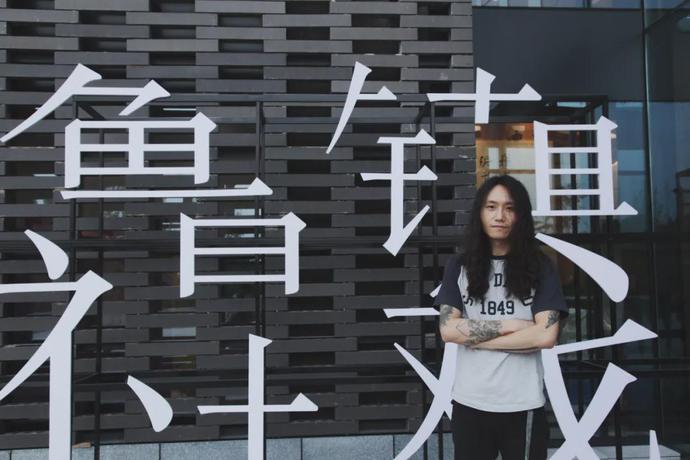
Visual Design Li Sijia
During the audience interaction segment, advanced real-time interactive technology was employed, using infrared scanning to capture images of the audience on site, which were then transmitted to a server for AI image processing or AR virtual synthesis, and wirelessly projected back onto the LED screens in real-time. Visitors could personally experience the filming process of the performance, actively participate, and, through watching, engaging, and experiencing, reconnect with the great literary master of modern Chinese history—Mr. Lu Xun—and feel the stories of Lu Town depicted in his literary works.
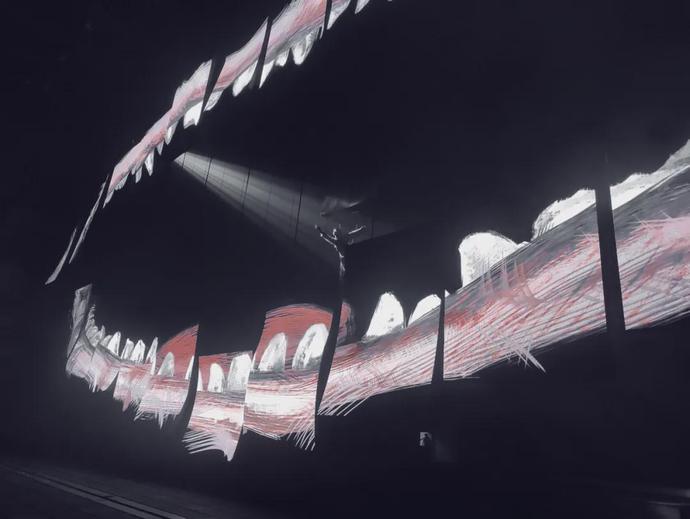
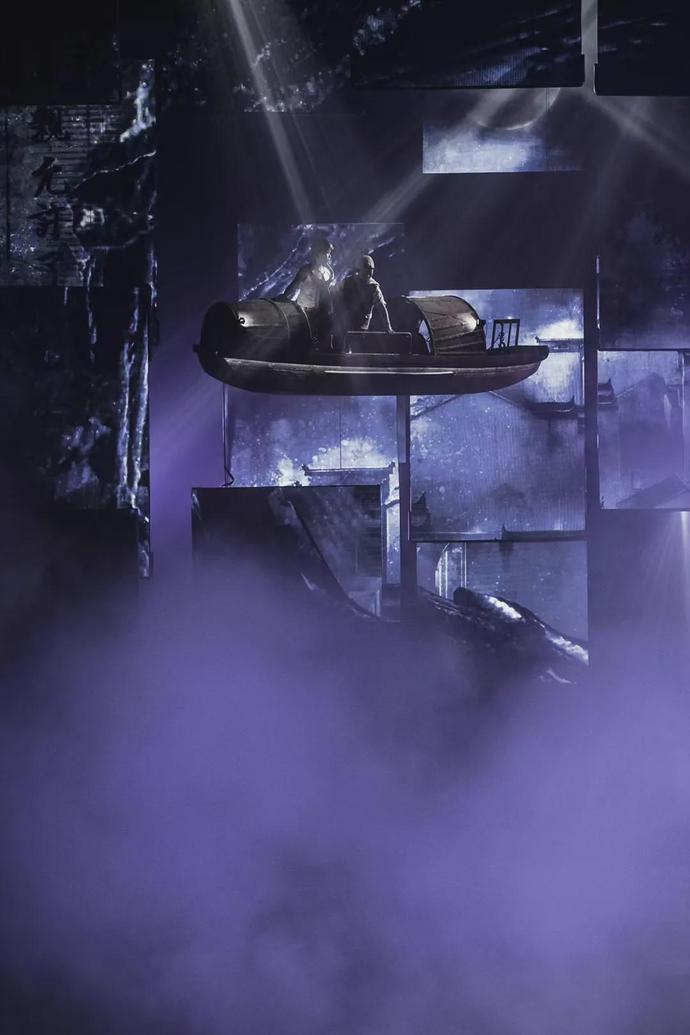


Lighting Design:
Lighting design from a grand concept
How lighting integrates with stage aesthetics and visual design is a crucial consideration in lighting design. In "Luzhen Community Theater," lighting designer Chen Jianming starts from the overall stage environment to outline the overall effect while ensuring that the actors fit within that environment. For instance, after establishing the overall atmosphere—whether joyful, sorrowful, arrogant, exaggerated, or angry—he then considers the brightness on the actors.
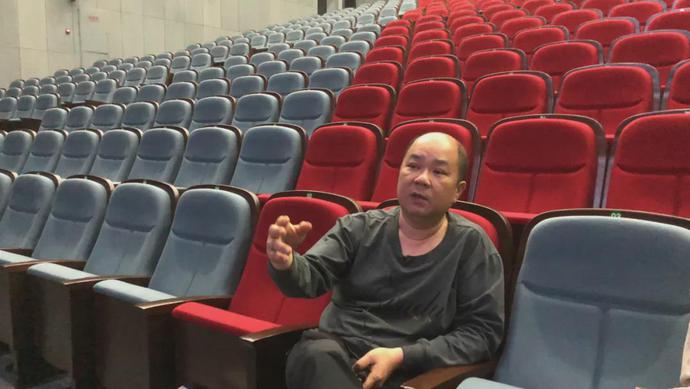
Lighting Design Chen Jianming
Chen Jianming states, “Lighting is not just decoration or a mere conversion of scenes; lighting also performs its own act.” The Luzhen Performing Arts Center is 40 meters wide and nearly 50 meters deep, significantly larger than a conventional stage, requiring an even layout. However, the overall coordination and adjustments of the lighting must depend on the on-site situation, he adds.
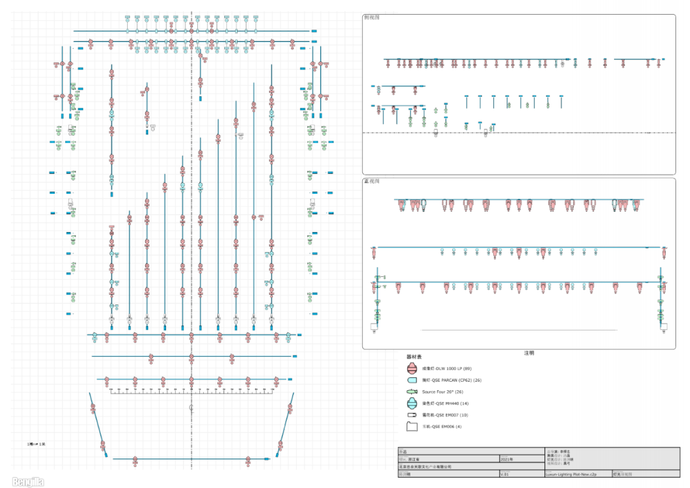
The biggest challenge in this project is that the LED screens are mobile throughout the performance. When the screens are in the mid-stage area, how do we avoid blocking their effects in the back area? “When using front light in the front area, we can use backlight and other effects to fill the scene in the back area,” Chen Jianming elaborates.
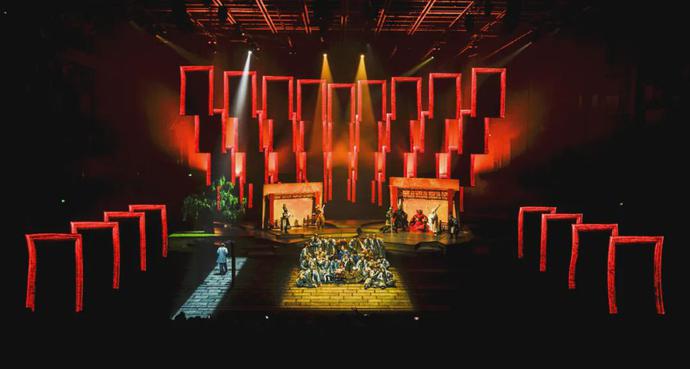



To achieve the desired effects in lighting design, this project utilized 89 computer-controlled lights and 14 beam lights. Chen Jianming prefers a clean environment over a sea of lights, allowing more time to design various effects. For example, when the stage aesthetics switched to a green tree scene in "Luzhen Community Theater," side light and backlight effects were employed.
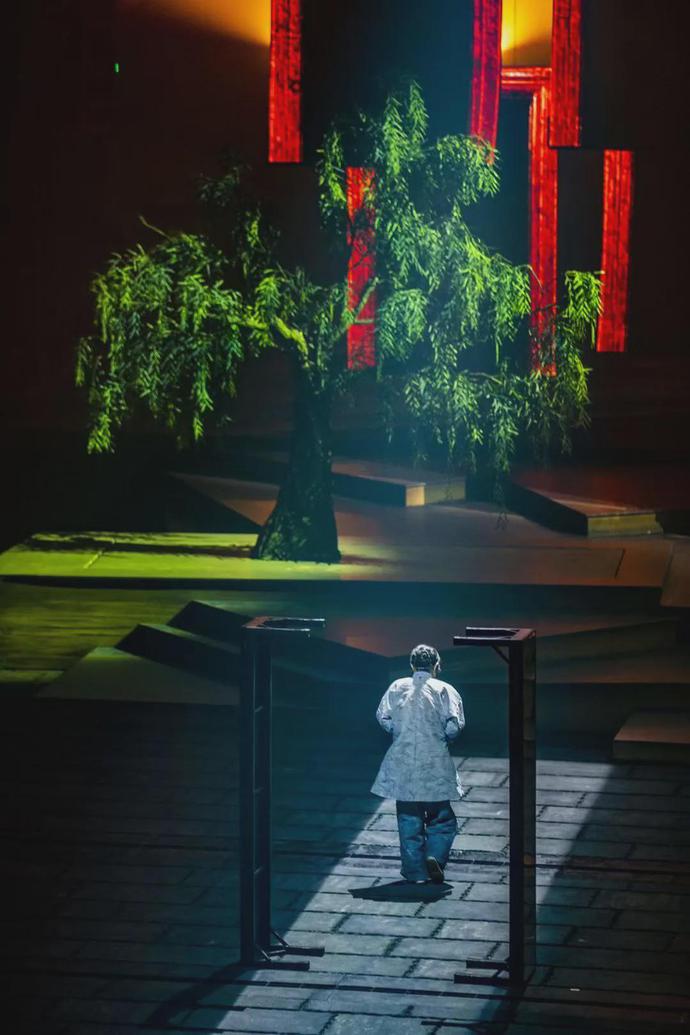
Sound Design:
Combining surround sound and multichannel
To achieve a cohesive audio-visual experience alongside stage aesthetics, video, and lighting, what work has been done in sound design?
Sound designer Mao Liang states, “The Luzhen Performing Arts Center was created specifically for 'Luzhen Community Theater.' The overall sound design concept is based on a combination of surround sound and multichannel, featuring a 6.0-channel system that covers left, center, right, rear surround, and ceiling surround sound. Additionally, to meet the needs of the performance, we also created some effect sounds, ensuring that the audience seating area has adequate amplification and that actors receive sound feedback from the stage.”
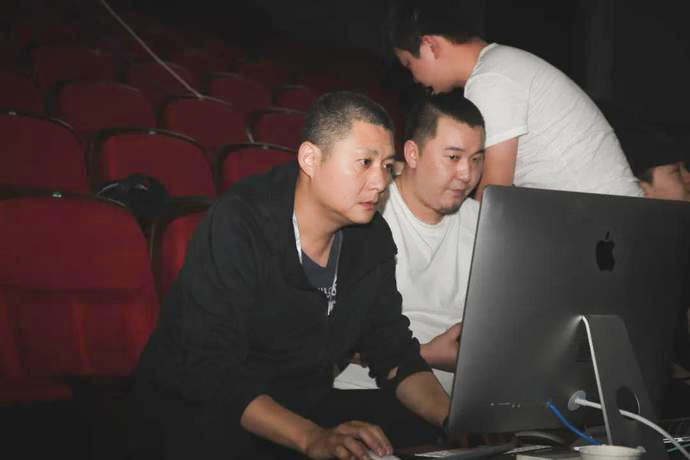
Left:Sound Design Mao Liang
The biggest challenge in sound design arises from the requirements of the performance, with 44 movable screens and numerous control points on-site. Strict distance requirements were also imposed on the steel wires hanging from the ceiling to avoid affecting the movement of the wire tracks. Consequently, the sound amplification system could only use small cabinets and compact line arrays. Thus, the entire theater adopted the Jazzpro audio system.
Main amplification uses 24 S6CBT dual 6.5-inch line array speakers, with center amplification and pull sound image amplification using 4 and 2 V12 dual 12-inch horizontal array speakers, respectively. Low-frequency amplification employs 6 J218SUB dual 18-inch subwoofers, while surround amplification uses 32 C80 8-inch coaxial speakers. With nearly 100 speakers and ample power reserve, the system can quickly immerse the audience in the storyline.
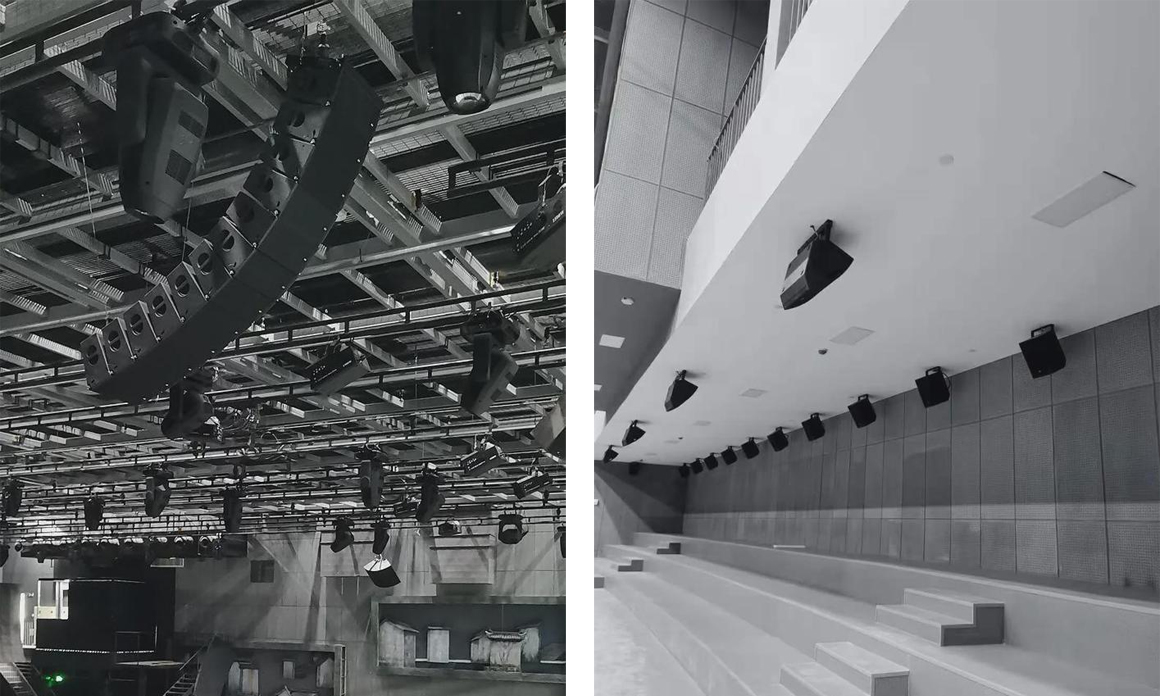
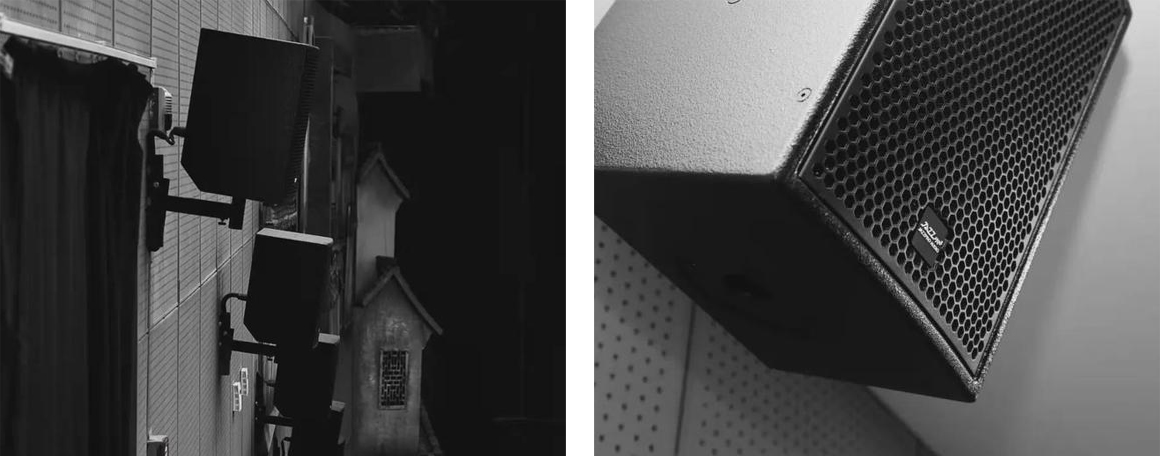
During performances, considering the rise and fall of the screens, the installation of speaker positions could not be set in the most ideal locations. After testing, the point design was set at approximately 20 meters above the audience area. Any high-frequency loss that occurred on-site was adjusted using side fill sound. The entire system utilized digital audio processing and transmitted via a Dante network. According to the performance requirements, over 20 sets of MIPRO head-worn microphones were used by the actors.
The pursuit of perfection seems to be an inherent instinct, and this is also Mao Liang's attitude toward this project. He believes, “Surround sound is a fundamental requirement of a theater. Ensuring that every audience member has a consistent listening experience is good sound design. If the project timeline were more ample, allowing more time for sound adjustments, the sound effects could integrate better with the video.”
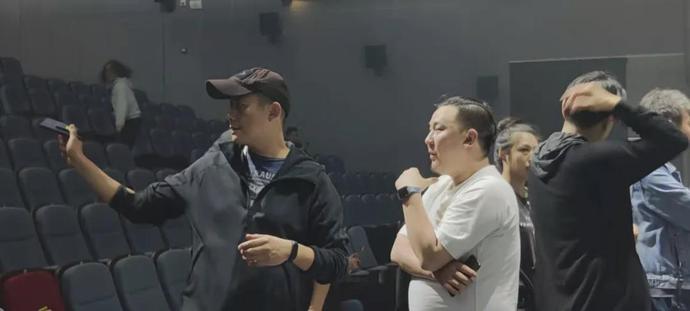
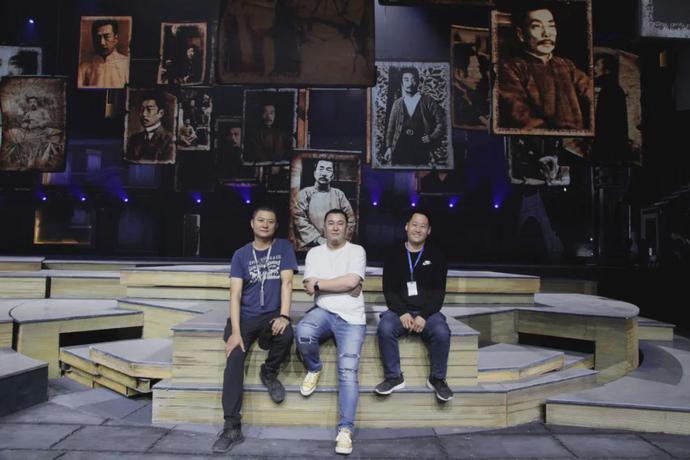
Conclusion
As a quality production with creative complexity, "Luzhen Community Theater" achieved a successful premiere, pioneering high-tech performance art in Shaoxing and filling a gap in large-scale tourism performances in the area. During the interview process, we learned that to ensure a perfect presentation of the performance, despite the post-production workload reaching up to 20 hours a day, the entire backstage team repeatedly tested and adjusted the setup. As a backstage team that has collaborated with chief director Li Hanzhong and the main creative team for over ten years, their seamless coordination allowed them to present this groundbreaking, immersive sensory experience to the audience.
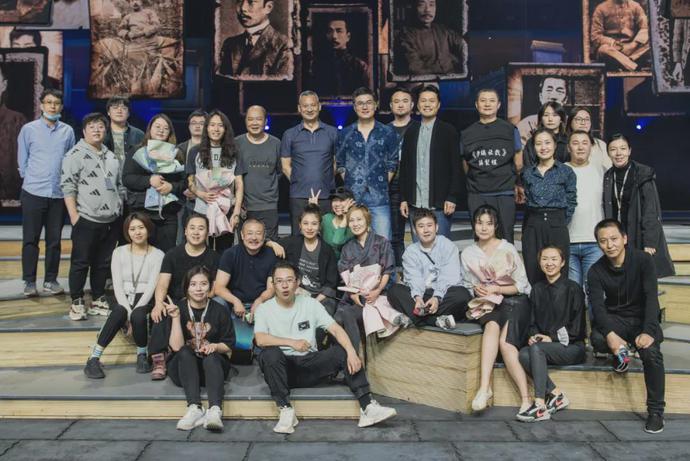
Team List
Artistic Director: Li Hanzhong
Production Manager: Liao Zhong
Playwright/Executive Director: Yan Bing
Theatrical Director: Jiao Gang
Dance Director: Ma Bo
Composer: Li Cangsang
Choreographer: Liu Bin
Assistant Director: He Jiguang
Scenic Designer: Feng Lei
Lighting Designer: Chen Jianming
Multimedia Visual Designers: Wang Zhi'ao, Li Sijia
Sound Designer: Mao Liang
Sound Design Assistant: Chen Wei
Costume/Makeup Designer: Wang Yan
Costume Design Assistant: Zhu Dili
Executive Producer/Production Coordinator: Xuan Lulu
Technical Director: Ma Tao
Stage Managers: Shi Zhili, Yang Xiangyi, Tang Mengting
Assistant to the Artistic Director: Huang Yueren
Executive Scenic Designers: Xu Ting, Wang Bing, Liu Yueshi, Xu Jiayu, Fu Liyuan
Stage Machinery Design: Tianjin Stage Science and Technology Research Institute
Scenic Props: Beijing Landian Cultural Development Co., Ltd.
Sound: Beijing Anhe Jiayin Optoelectronic Technology Co., Ltd.
Lighting: Beijing Aodeqing Electronic Technology Co., Ltd., Zhejiang Zhishen Technology Co., Ltd.
Special Effects: Shanghai Zhushi Cultural Technology Co., Ltd.
Multimedia: Zhejiang Yaochen Architectural Intelligent Technology Co., Ltd.
Multimedia Image Production: Beijing Heigong Cultural Communication Co., Ltd.
Text by: Xie Chunxiu
Image Source: Heigong Team, Photographer Shi Hao, WORLD SHOW
Special Thanks: Jazzpro Audio